5 functional faucet fixes to instantly improve your indoor water pressure – from quick tricks to home plumbing overhauls
You don't have to live with an annoying trickle of water

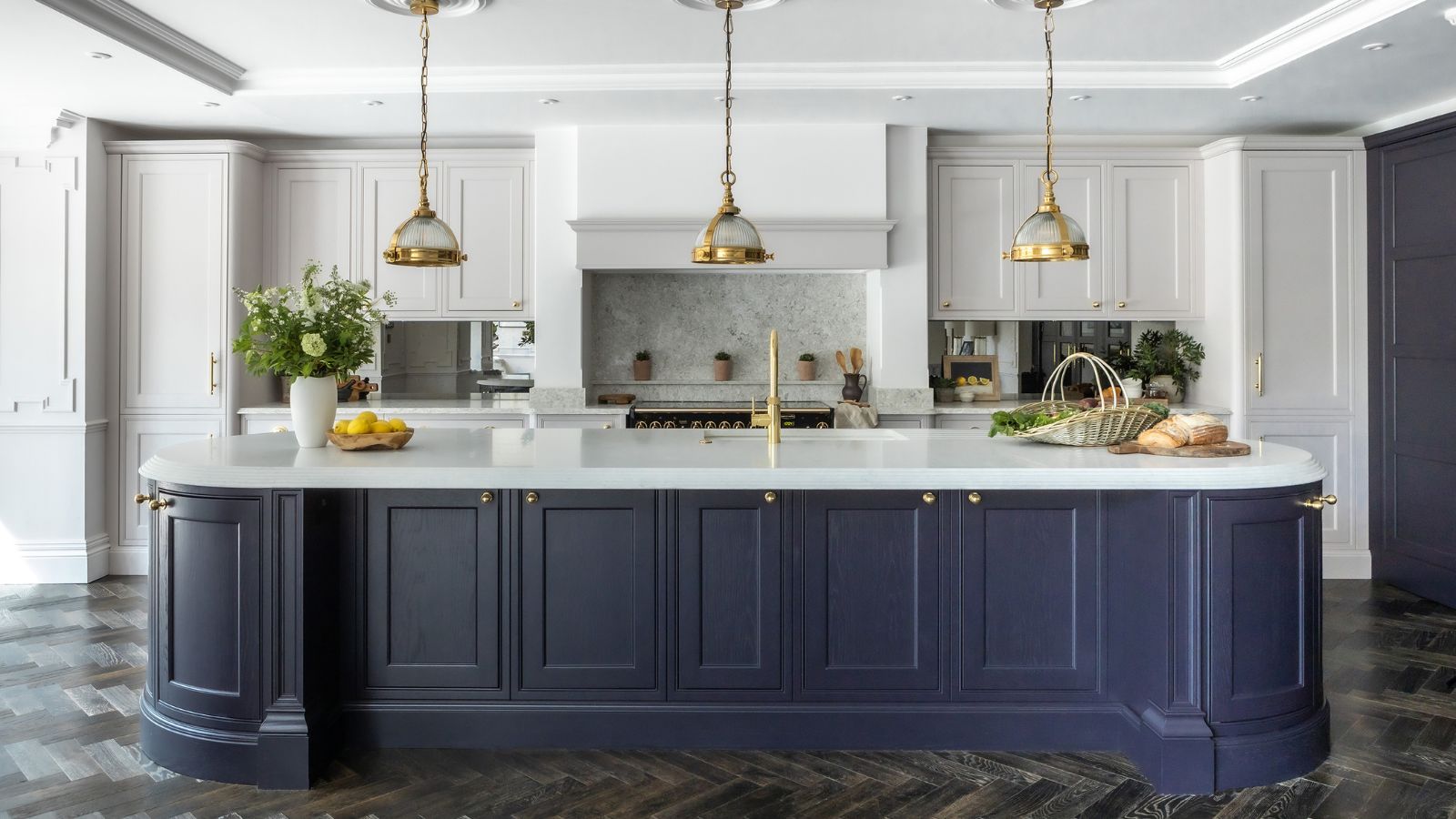
There are few things as disappointing in a house as turning on the faucet only for the water to dribble out, barely offering enough pressure to wash your hands, let alone clean dishes. So, how do you improve indoor water pressure?
From repairing old pipes to installing boosters, there are a few fixes for disappointing pressure throughout your home.
Here, professional plumbers have shared their top five tricks for supplementing water pressure that can be used to fix faucets or fix low water pressure in your shower.
How to improve indoor water pressure
Water pressure might seem like personal preference, but high pressure is beneficial for several reasons. Shaylin King, licensed lumber at Mr. Rooter Plumbing, explains, ‘It can help with everyday functions like rinsing dishes or showering. It can help ensure appliances like dishwashers and washing machines run efficiently. Poor water pressure can indicate issues like leaks or clogs.’
Before altering your water pressure, Matt O’Rourke, president of Z Plumberz, suggests, ‘Contact your local municipality to see what the pressure should be or what they are supplying to you and check with your neighbors to see if they are experiencing similar problems.’ This can help you to determine the cause and decide on the best solution.
1. Check for hidden leaks
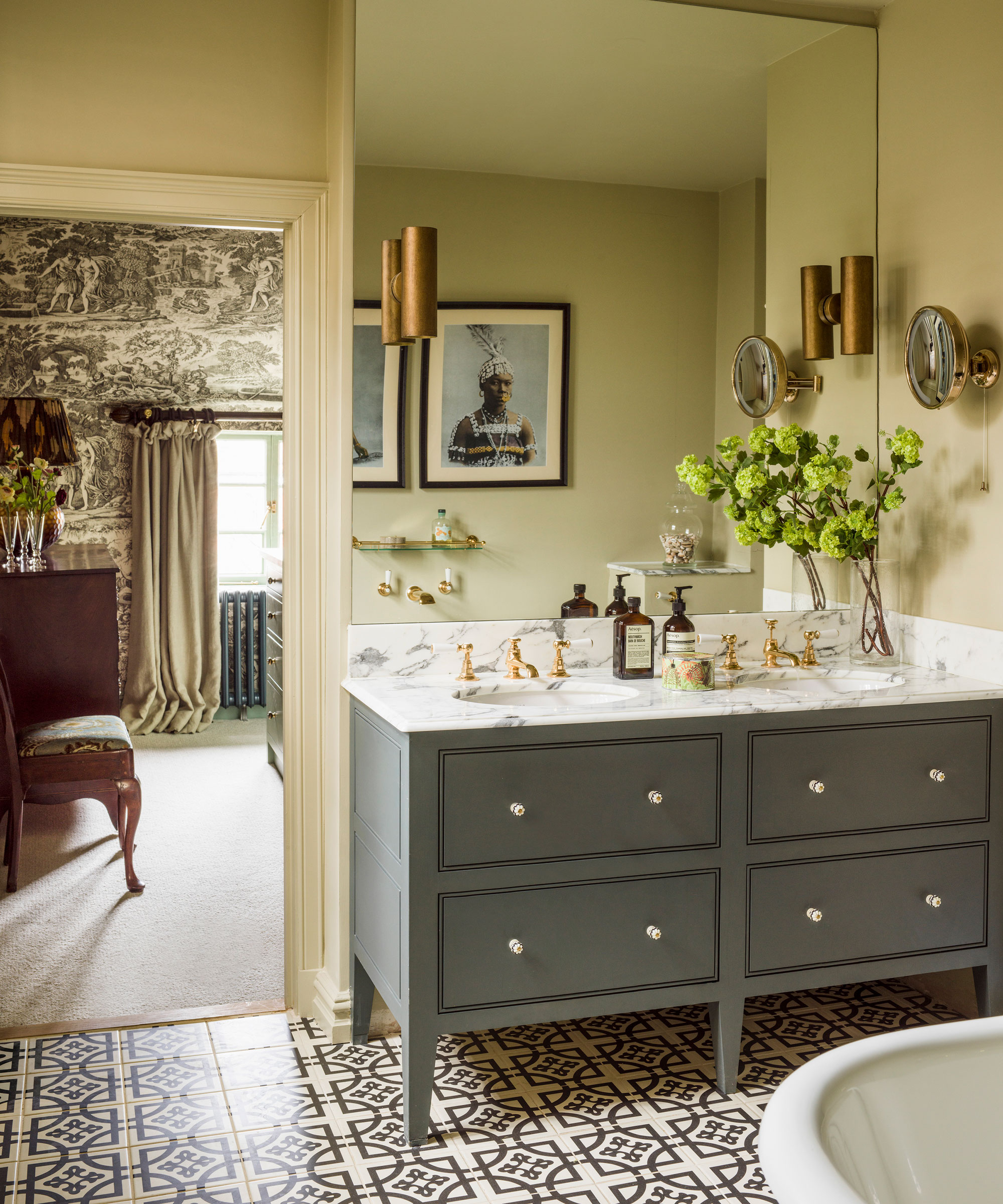
Checking your pipes for leaks, even tiny ones, can help to boost your water pressure.
Knowing how to find and fix leaks (and what to do if a pipe bursts) is an essential DIY skill every homeowner should know. Allison Harrison, co-owner of Goodbee Plumbing and Drains, begins, ‘A sudden pressure drop often means a leak. Inspect under sinks and listen for running water when indoor faucets are off. Even a small leak can reduce pressure significantly.’
If you discover a leak, some self-fastening Silicone Tape from Walmart can help to quickly patch the spot while you turn off the mains water, giving you more time to repair the problem before your home floods or suffers from dampness.
Design expertise in your inbox – from inspiring decorating ideas and beautiful celebrity homes to practical gardening advice and shopping round-ups.
Remember to drain your home’s plumbing system before repairing or replacing the pipe to prevent water damage. A professional plumber can do this for you if you are unsure of the process.
2. Clean aerators
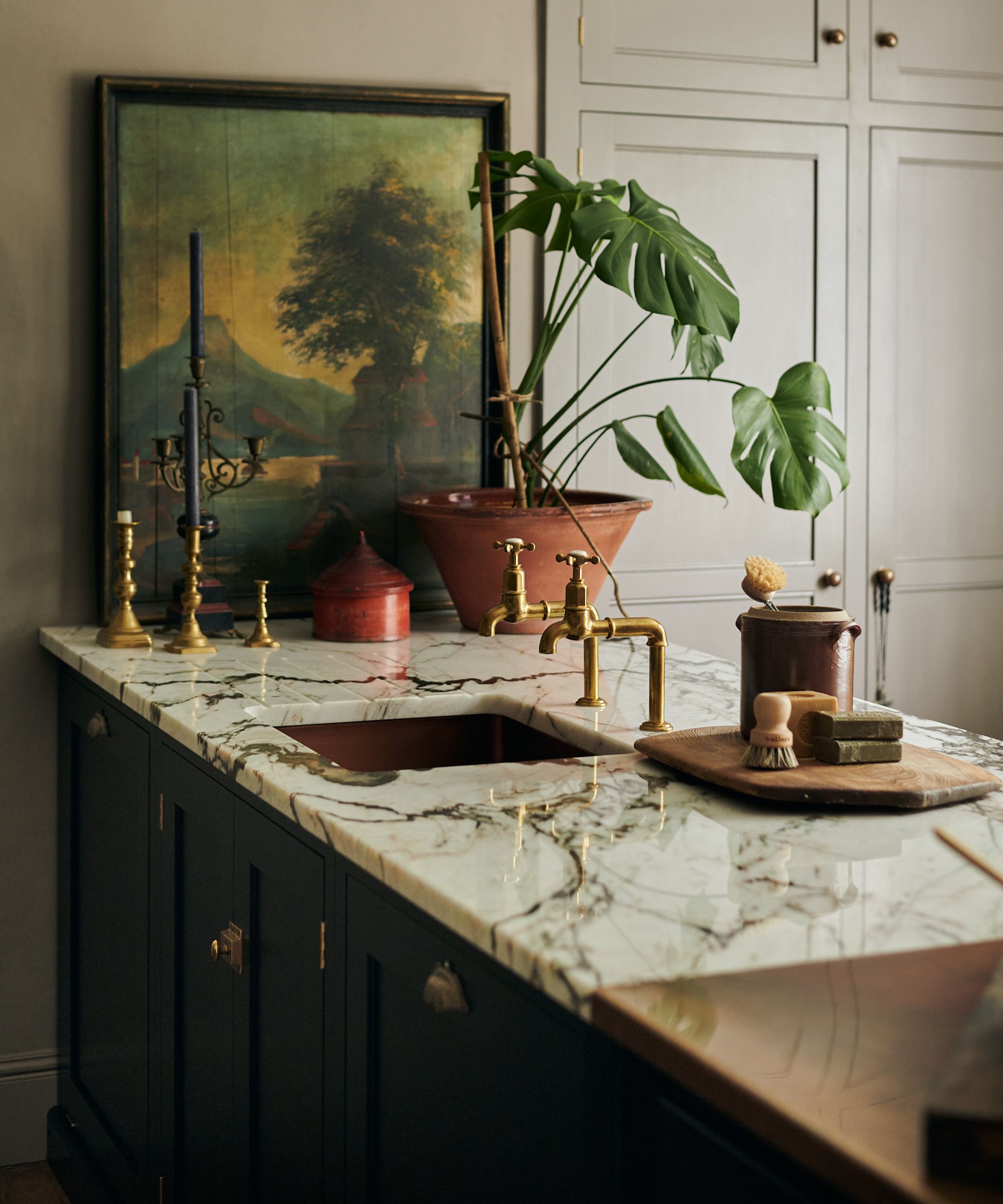
Cleaning the aerator can allow water to flow more freely.
Indoor aerators can become clogged, especially if you have yet to fix hard water in your home. Peter deBaptiste, president at Joe Cole Plumbing, says, ‘Sometimes the issue is right at the end of the line. Mineral deposits and sediment can clog indoor faucet aerators, especially in areas with hard water.
'We recommend unscrewing the aerator, soaking it in vinegar, and brushing it clean with a deep clean brush from Target. It’s a quick fix that could restore full pressure.’
Cleaning with vinegar can help to break down the deposits left behind in minerals in water, however, for tough deposits, you may wish to use a commercial descaling solution, such as the Keurig Descaling Solution from Target, to break through the scale.
3. Install a booster pump
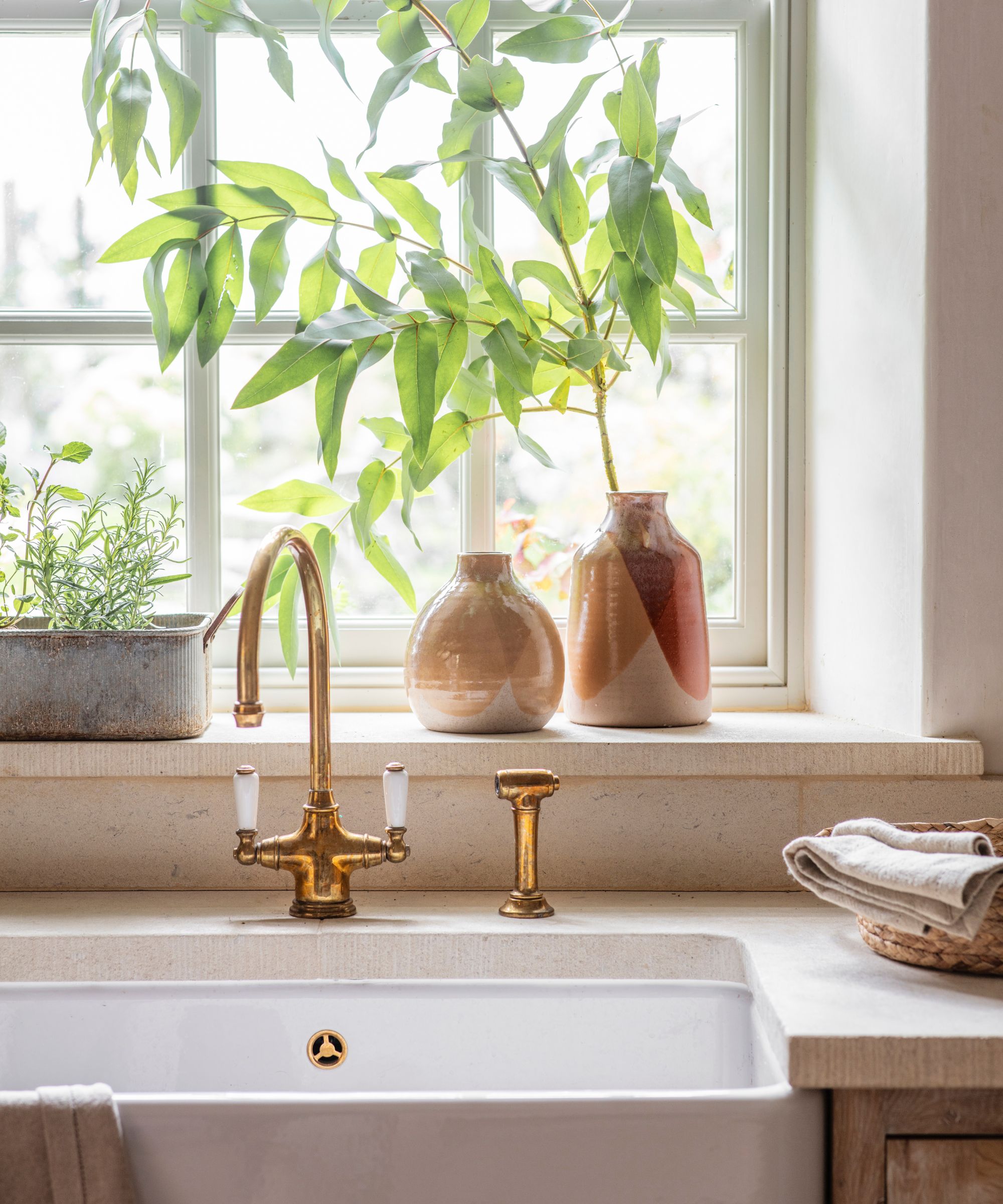
A pressure boost pump should be installed by a professional plumber.
If you have run through the simple checks above and are still experiencing disappointing water pressure from faucets, it might be worth installing a whole home booster pump, Matt suggests. He explains, ‘If you are experiencing low water pressure, a booster pump may be the solution, but before you do that, check for leaks, restricted pipes, and pipe obstructions.’
Shaylin explains, ‘A pressure booster increases the flow rate by adding force to the water supply. By pushing water through the system more effectively, it restores strong, even flow at the faucets and fixtures.’
Matt continues, ‘If a booster pump is needed, install it close to the main water line to maximize efficiency by increasing pressure at the source. Good faucet pressure improves daily tasks, ensures appliances are working properly, and signals a healthy plumbing system. Please note, this is a household project you shouldn’t DIY. We highly recommend contacting your local plumber.’
4. Consider a single tap booster
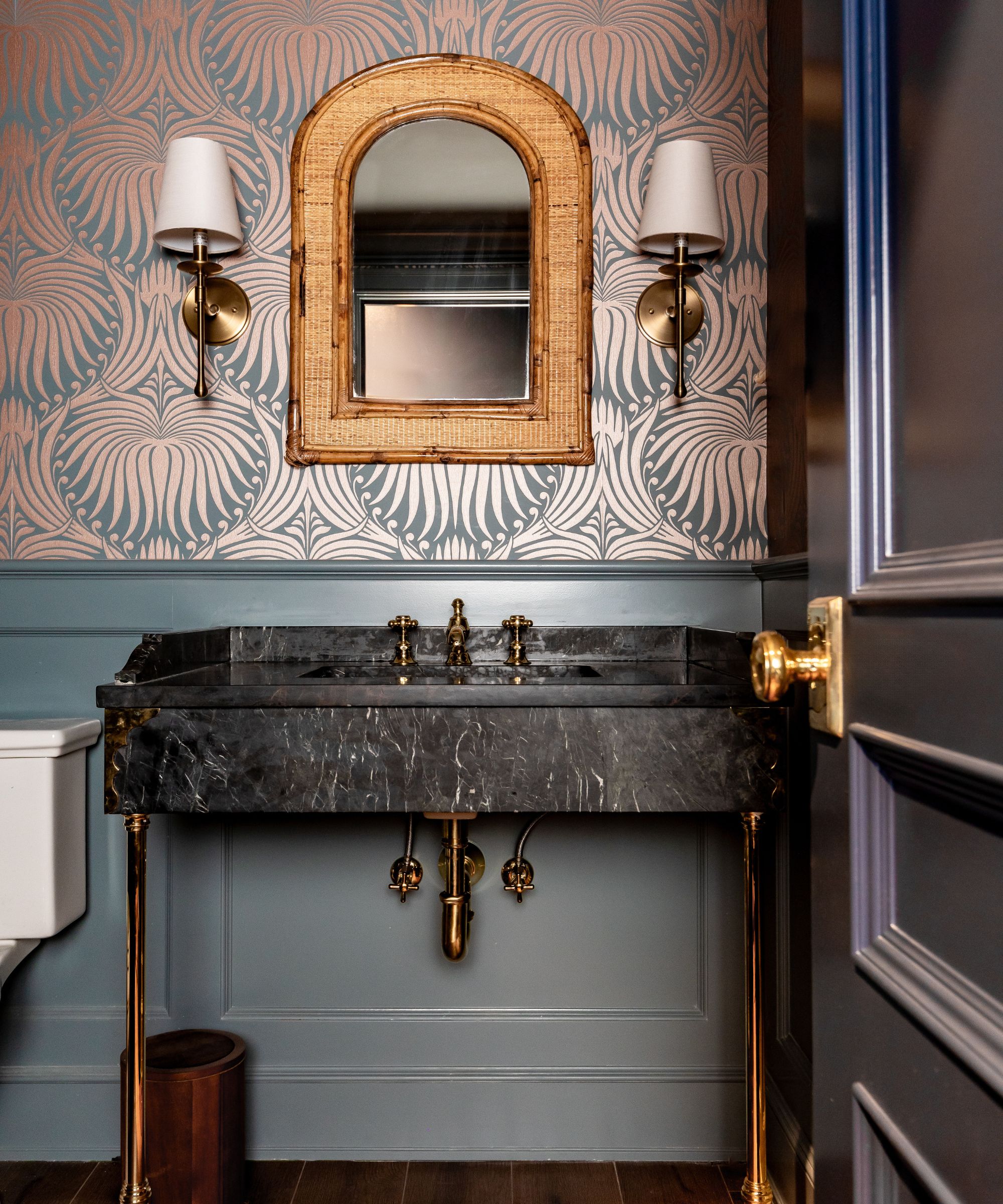
Single faucet boosters can be easy to install yourself with the help of an online video.
If the disappointing pressure is coming from one faucet in your home, the pipes are not damaged, and you have tried thoroughly cleaning a faucet head, Ian Wood, plumbing and drainage specialist at Reactive Plumbing & Drainage, suggests, ‘If the rest of the house has decent pressure but one or two taps are poor, a small inline booster pump can make a big difference.
'These are easy to install under the sink and only kick in when the tap’s in use. This will give you an instant pressure lift without having to rip out your whole plumbing system. They are especially ideal if you’ve got a long pipe run or a tap on an upper floor.’
You can find single faucet pressure boosters at Walmart, which come with the fittings you need to install onto your water pipe yourself.
5. Replace old pipes
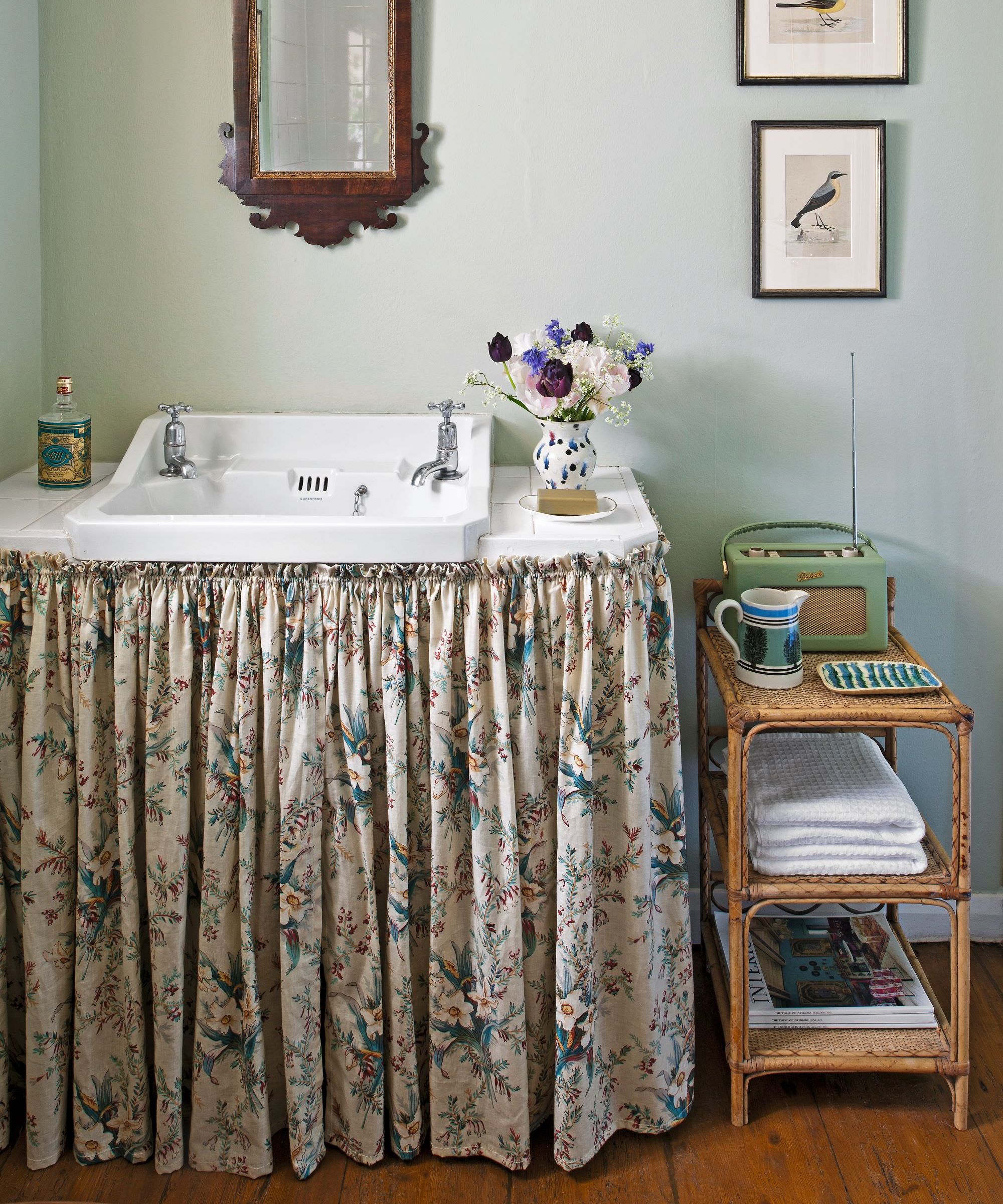
Older homes may benefit from a plumbing system overall.
To avoid a plumbing disaster in an old home, you may have to replace your plumbing entirely to improve pressure. Ian continues, ‘In older houses, you sometimes find narrow bore copper or steel pipes that just can’t keep up with modern usage.
'Replacing sections with 15mm / 22mm plastic can really open things up. A bigger pipe equals better flow. Modern plumbing is designed for stronger appliances and better pressure, so upgrading will make a noticeable difference.’
What to shop
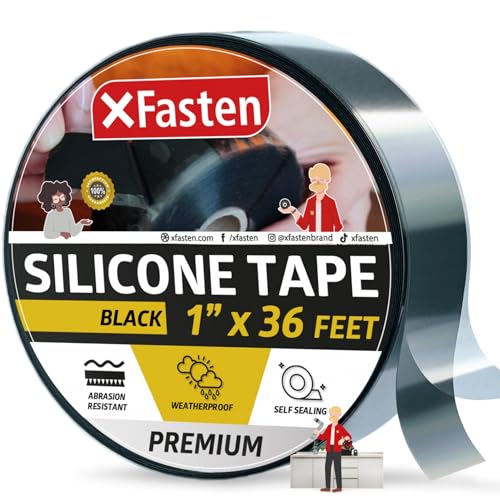
Silicone tape is perfect for quickly sealing and fixing pipe leaks in your home, giving you more time to locate the main water valve and call a plumber.
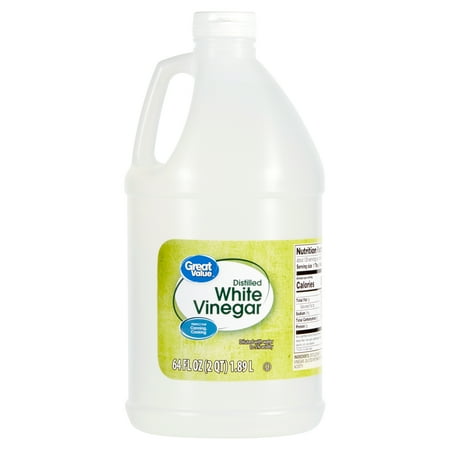
If your low indoor faucet pressure has been caused by a build-up of limescale, submerge the faucet head in a bag of plain white vinegar and let it soak overnight. Scrub in the morning and the limescale should come clean off.
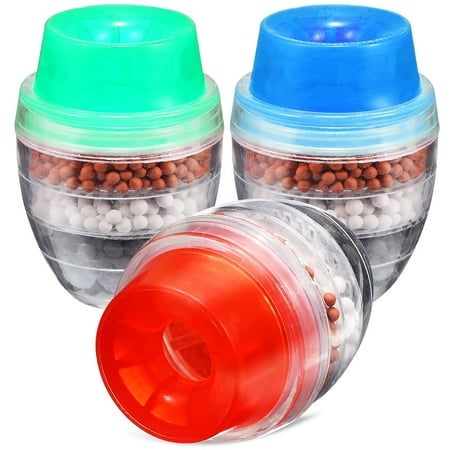
Put an end to hard water when washing your dishes or your hands using faucet fitted water filters, instantly improving your water quality.
FAQs
Why is my indoor water pressure so low all of a sudden?
Sudden low water pressure can be caused by a few things, including a leak in your pipes, clogged pipes or faucet heads, a sudden demand in water usage in your area, another appliance being used in your home, such as your washing machine or the shower, or a faulty water pressure regulator.
Meet the experts

Matt O'Rourke, brand president of Z PLUMBERZ, brings a wealth of experience to the plumbing industry as both a master plumber and business owner.
As a Neighborly plumbing and drain cleaning professional, Shaylin is focused on repairing, maintaining, and enhancing plumbing systems and drain lines.

Allison Harrison is the co-owner of Goodbee Plumbing, a plumbing company serving the greater New Orleans area.
Preventing sudden low water pressure indoors usually comes down to using the right cleaning tips to clean faucets and showerheads, and remembering to winterize home plumbing indoors in cold seasons to prevent freezing pipes from bursting or leaking. If you are struggling to restore water pressure, it is a good sign that it’s time to call the pros.

Chiana has been at Homes & Gardens for two years and is our resident 'queen' of non-toxic living. She spends most of her time producing content for the Solved section of the website, helping readers get the most out of their homes through clever decluttering, cleaning, and tidying tips. She was named one of Fixr's top home improvement journalists in 2024.